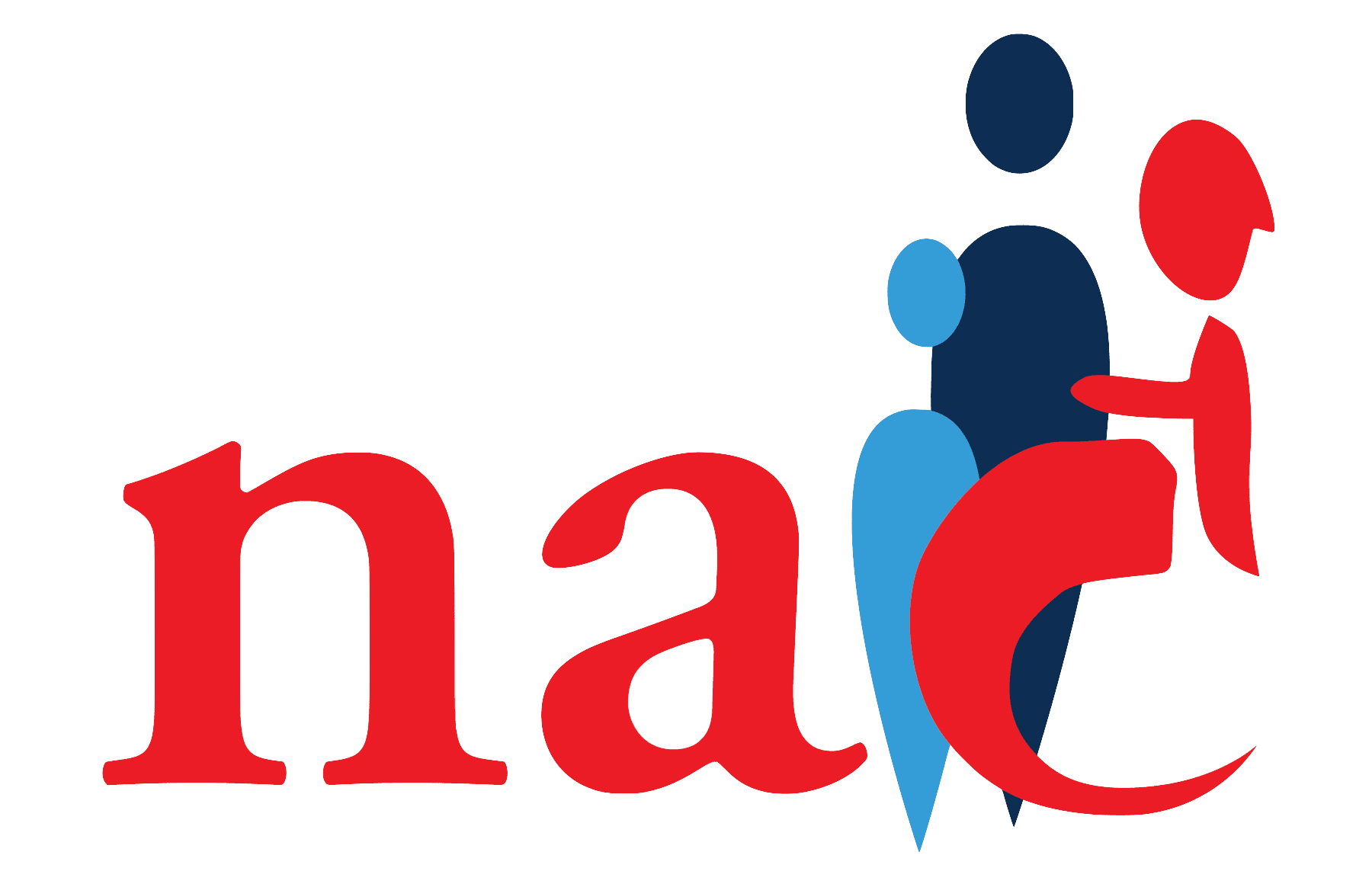Karen has the mindset that you do what you can to help family, so she began to do the shopping and other small tasks for her mother in 2010. In addition, Karen has a background in finance, so she helped her mother, aunt, and uncle with their finances. By 2016, Mimi needed enough help to warrant getting a home health aide, so Karen facilitated this service while also figuring out how to have meals delivered and do other small things for her mother.
Unfortunately, Mimi had a bad fall and was taken to the hospital. While there, medical providers found she had pneumonia, a life-threatening issue due to Mimi’s chronic obstructive pulmonary disease. Karen did not enjoy the hospital experience; she feels it is daunting enough to deal with hospitals and healthcare in the wake of a catastrophic illness. With no siblings, Karen also had the added responsibility of being the sole decision maker for Mimi’s care.
After the hospital, Karen considered putting her mother into assisted living, but Mimi’s preference was to return home. Karen agreed that Mimi should return home but knew her mother would need 24/7 help. Karen hired a health aide because she could not care for her mother alone. Karen visited her mother two to three times a week to help with shopping, arrange medications, and take her to the doctor. When Mimi fell a second time, Karen knew the best option for her mother was a long-term care facility. Karen was still able to visit Mimi, help with her mother’s medications, and ensure Mimi made it to her doctors’ appointments.
The pandemic changed everything for Karen, making it even harder for her to provide care to her mother. Nursing homes were hit very hard and Karen was concerned for Mimi’s health. She had a hard time getting in touch with her mother. Karen bought her a cell phone so that she could talk to her. The administration of the nursing home was uncommunicative and did not provide updates on what was happening in regard to the pandemic or how Mimi was doing. Karen was not able to FaceTime her mother until May and could not have an outside visit with her until August. Additionally, Karen was concerned Mimi was not getting proper care, since services had been temporarily halted and she knew her mom was sitting in her room all day. Karen worried about her mother’s laundry being done, and whether Mimi could reach her glasses or the phone.
Karen is part of a caregiver support group run by SAGE, an elder LGBTQ organization.
Karen feels respect and awe for stories she hears from caregivers who are caring for a parent who did not accept them or their sexuality. She says these individuals cannot imagine not giving their care recipient their best life possible. Although Karen never experienced the issue of not being accepted by her parents, she feels the same about caring for her mother the best she can for as long as Mimi lives. While not having a partner is common in the LGBTQ community, and although Karen has had friends and some ex-partners who have supported her throughout her caregiver journey, she has persevered primarily on her own.
From a policy standpoint, Karen believes there needs to be more communication with the public, especially after what she experienced with Mimi’s nursing home. It is exhausting for her to have to continuously reach out to people to find out how her mother is being cared for. She doesn’t believe she should have to experience that. There needs to be more planning and support around long-term care and the finances required for long-term care. Karen finds it rewarding that caregiving has shown her how strong she is, and the extent of her patience and resourcefulness, but she acknowledges that caregiving is tiring and stressful. Caregivers need support.
